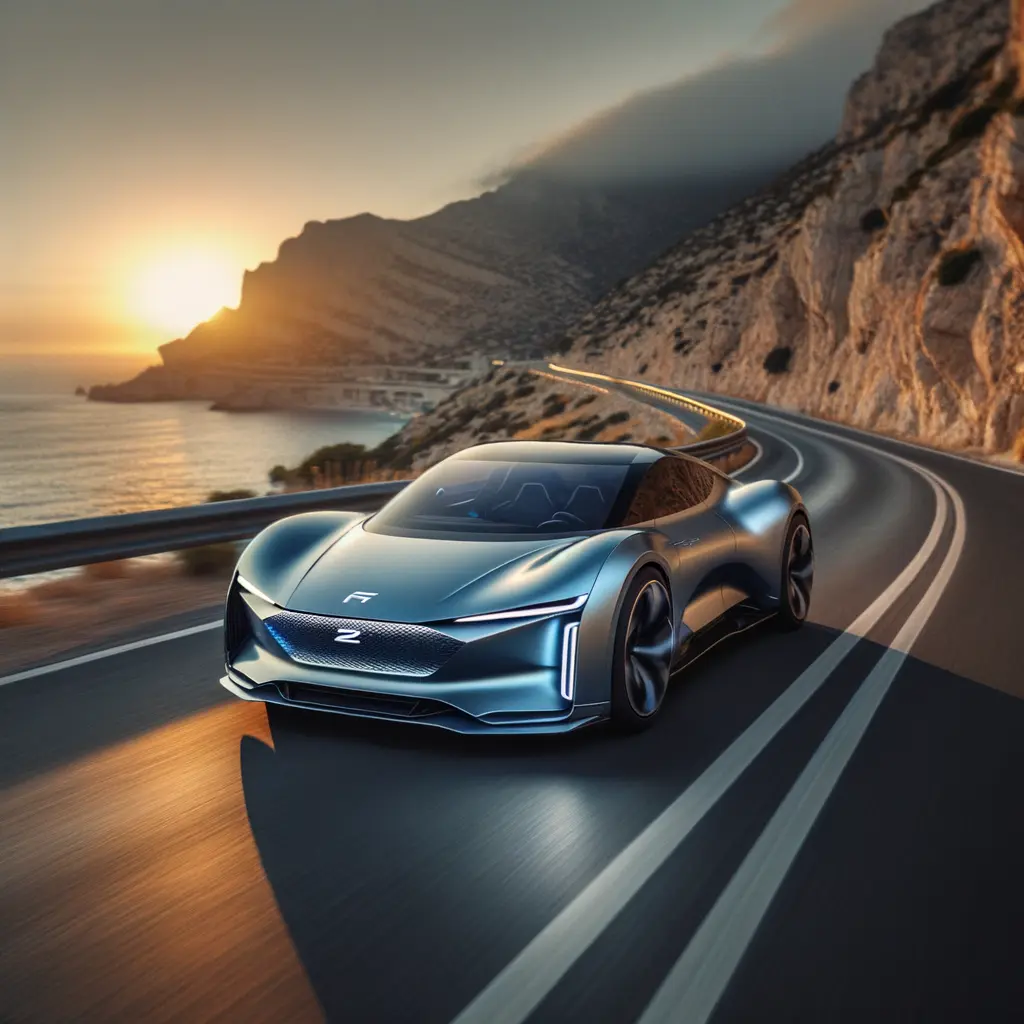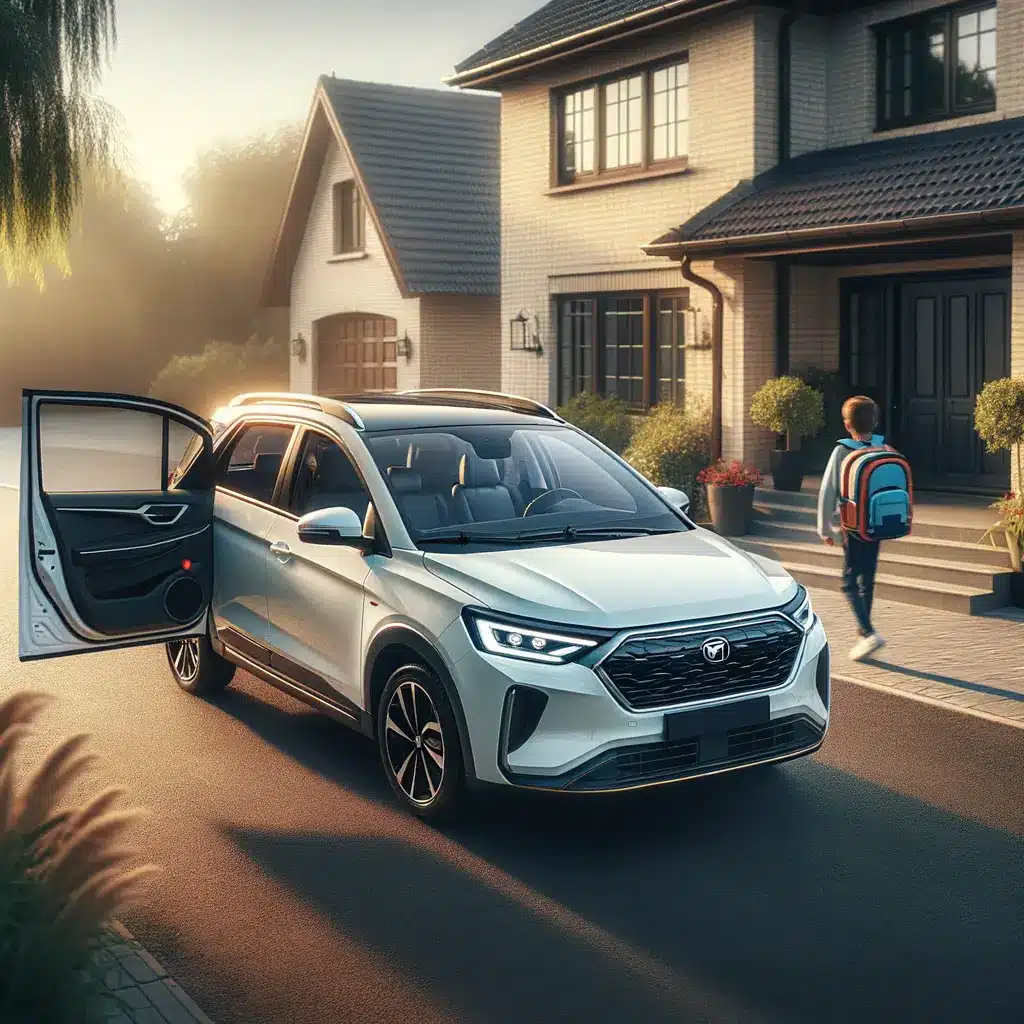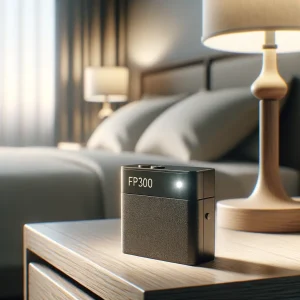Why BYD Electric Cars Are Dominating the 2025-2026 Conversation
If 2024 belonged to Tesla and 2023 was the year every legacy automaker announced an EV roadmap, 2025-2026 looks set to be the era of BYD electric cars. The Chinese giant has already leap-frogged rivals in battery tech with its ultra-safe Blade Battery, and it’s about to unleash five completely new BYD models that promise to amaze drivers on every continent. From aerodynamic hatchbacks to executive sedans and family SUVs, BYD’s upcoming line-up shows the brand is no longer chasing trends—it’s setting them. For shoppers weighing their first or next EV purchase, understanding what’s on BYD’s horizon is crucial. These new BYD models combine longer range, faster charging, and surprisingly aggressive pricing, signaling that premium performance no longer requires a premium badge. In this guide we break down specs, release windows and use-cases for the Ocean M, Han, Atto 3, Celion 7 and Seal. Along the way you’ll see why BYD electric cars matter to mainstream drivers, fleet managers and tech enthusiasts. Looking for deeper technical detail? Check our in-depth post on Blade Battery chemistry and our comparison of BYD versus Tesla charging networks. Ready to meet the future? Let’s dive into the first headline-grabber, the 2026 BYD Ocean M.

2026 BYD Ocean M: Compact Performance Redefined
The 2026 BYD Ocean M isn’t your typical city hatchback. Built on BYD’s new e-Platform 3.0 EVO architecture, it pairs rear-wheel drive with an upgraded 220 kW motor—rare in the compact class. More importantly, it houses Blade Battery 2.0, giving drivers more than 500 km of real-world range and the ability to reclaim 200 km after a ten-minute DC fast-charge. That’s the kind of practicality commuters crave and road-trippers demand. Hop inside and you’ll find a rotating 15.6-inch touchscreen, an augmented-reality head-up display and the latest DiPilot driver assistance suite. BYD electric cars have always leaned heavily on tech, but Ocean M feels like a smartphone on wheels, learning your habits and routing you to the fastest chargers automatically. Toggle Sport Mode and the hatch rockets from 0-100 km/h in under 4.9 seconds, thanks to near-perfect weight distribution. Meanwhile, an adaptive chassis keeps the ride planted during spirited canyon runs or tight Tokyo alleyways. Aerodynamically sculpted lines, flush door handles and razor-sharp DRLs turn heads wherever this EV parks. Expect pricing to undercut Volkswagen’s ID.3 while offering specs that nip at the heels of the BMW i4 eDrive35. For a deeper dive into compact EV choices, read our comparison of Ocean M versus the 2025 Tesla Model 3 refresh.

BYD Han 2026: Executive Luxury Meets Zero Emissions
Business travelers who once defaulted to the Mercedes-Benz EQE or BMW i5 will want to bookmark the BYD Han 2026. This flagship sedan blends sculpted minimalism with jaw-dropping numbers: dual motors, 500 horsepower, and a 0-100 km/h time of just 3.5 seconds—all while delivering up to 700 km of CLTC range. The 800-volt architecture means 300 km can be added in 15 minutes, avoiding the coffee-break blues. Slip into the cabin and you’re greeted by Nappa leather, real wood inlays and a fragrance system calibrated to your circadian rhythm. A 17.3-inch rotating OLED, 5G connectivity and voice-activated controls transform every commute into a connected workspace. DiPilot 3.0 offers semi-autonomous lane changes and traffic-jam assist, ideal for gridlocked highways in Shanghai, Sydney or San Francisco. Crucially, the Han’s price is rumored to start well below a similarly specced BMW i7, making it one of the most compelling new BYD models for executives who demand value. Planning an international road trip? Check our route guide for Han-friendly 350 kW chargers across Europe. Watch the full video breakdown of all five cars right below this section to see the Han in action and hear designer insights.
BYD Atto 3 2026: The Global Family EV Evolves
Known in some markets as the Auto 3, the BYD Atto 3 has already won families over with practicality and value. The 2026 refresh moves the needle again. Dragon Face 3.0 design introduces a closed grille, matrix LED headlamps and smoother panel gaps for a lower 0.27 Cd drag coefficient. Under the sheet-metal sits a 150 kW motor delivering 310 Nm of torque—good for a brisk 7.3-second sprint to 100 km/h. Four drive modes (Eco, Normal, Sport, Snow) help the Atto 3 adapt to everything from school-run suburbia to alpine getaways. The updated Blade Battery offers up to 470 km WLTP range, backed by a thermal management suite that has aced every nail-penetration and fire test thrown at it. Inside, the rotating 15.6-inch display returns, now powered by BYD OS 2.0 with faster app switching. Families will appreciate ventilated seats, wireless phone charging and 12-speaker Dirac HD audio for podcast marathons. Safety gets a boost through DiPilot adaptive cruise, lane-keep assist and a new 360-degree camera with transparent-chassis view—perfect for squeezing into tight city parking spots. When comparing family EVs, don’t miss our article on child-seat compatibility across BYD electric cars.

BYD Celion 7: Can This SUV Dethrone the Model Y?
SUV buyers eyeing the Tesla Model Y or BMW iX3 now have a bold new contender: the BYD Celion 7. From the sharp LED headlights to the blocked-off grille, the design screams premium while remaining aerodynamically disciplined. Two powertrains are on offer. Efficiency-minded drivers can choose the 310 hp rear-wheel-drive version, whereas performance addicts will gravitate toward the 530 hp dual-motor AWD spec that launches from 0-100 km/h in a sports-car-like 4.5 seconds. The 82.5 kWh Blade Battery grants up to 550 km CLTC range and can juice from 10 % to 80 % in roughly 30 minutes using 150 kW DC. Inside, soft-touch materials, customizable ambient lighting and a panoramic sunroof create a lounge-like vibe, while Apple CarPlay and Android Auto are finally standard. BYD Pilot’s suite of adaptive cruise, lane-centering and automatic emergency braking earned five stars in recent ASEAN NCAP testing, underlining BYD’s growing safety reputation. The Celion 7 also supports bidirectional charging, so you can power camping gear or even your home during an outage. Curious how V2L works? See our explainer on vehicle-to-load features across new BYD models. With aggressive pricing forecast to undercut Model Y by 10-15 %, the Celion 7 could become BYD’s global breakout SUV.

BYD Seal 2026 & Final Thoughts: Affordable Performance for All
We end our tour with the BYD Seal—perhaps the most disruptive of all upcoming BYD electric cars. Picture a streamlined coupe that looks every bit a $70,000 sport sedan yet starts around $35,000. Dual motors catapult the Seal from 0-100 km/h in 3.8 seconds while adaptive suspension keeps the ride composed. Range? Up to 700 km CLTC for the long-range RWD model or 435 mi EPA for the AWD performance trim—numbers that make the BYD Seal price-to-range ratio best-in-class. The cabin blends premium DinAudio sound, Face ID unlock and AI voice assistance into a digital cockpit you’ll never want to leave. Safety remains paramount; Euro NCAP awarded the Seal a full five-star rating thanks in part to the robust Blade Battery. Taken together, these five new BYD models confirm that the brand is rewriting what mainstream buyers can expect from electric mobility. Whether you prioritize family practicality, executive comfort or outright speed, there’s a BYD on the way that fits your brief. Ready to chart your purchase timeline? Browse our guide to local incentives for BYD electric cars and stay tuned for hands-on reviews as each vehicle reaches showrooms in 2025 and 2026.







